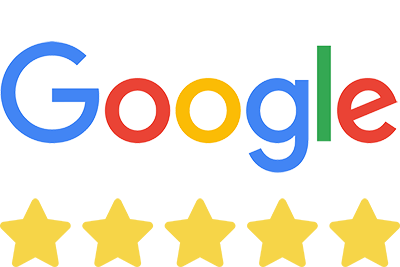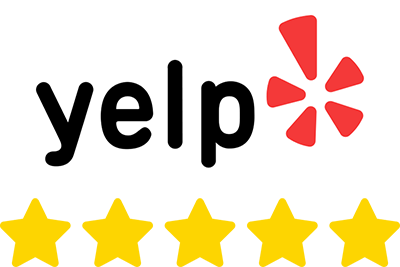Here at Keybridge Web, we know that a website is never just a website – it’s your digital business card, and the online face of your brand. With this in mind, we make sure that every project we take on is not only fully on-brand, but reflects the very best impression of your business for both current and future customers. One important, but often overlooked aspect of branding is your brand font.
Before we dive in, a quick glossary of basic typographic terms:
- Typeface – Often used interchangeably with “font,” typeface is the technically correct term for the complete set of glyphs in a font family (i.e. Arial), which often contains multiple weights or styles.
- Font – A particular set of characters in a typeface reflecting one style (i.e. Arial Bold).
- Glyph – One character in the font of a typeface. Every individual letter in upper- and lowercase is a glyph, as are numbers, punctuation marks, symbols, and any extra fun pieces.
- Serif – A typeface that is designed with decorative terminal strokes (examples: Playfair, Cormorant, Sorts Mill Goudy).
- Sans-Serif – A typeface without decorative terminal strokes (examples: Roboto, Montserrat, Open Sans).
- Italic – The slanted font of a typeface used for emphasis or titles of publications, sometimes called Oblique. (Not all typefaces include an italic style.)
- Roman – The upright, or “normal” style of a typeface (as opposed to the italic).
- Weight – The thickness of the stroke of the glyphs in a typeface. Traditionally, standard weights include Regular/Normal and Bold, but modern fonts can include dozens of weights ranging from hairline (extremely thin) to black (extra super bold).
- Variable – A recent generation of fonts which include a nearly unlimited number of weights which can be dialed in by number (instead of choosing from pre-set, named weights).
Whew! Fonts are more complicated than you thought? Well, yes and no.
When we kick off a new website, we often hear that our client isn’t using any specific font for their marketing materials. Redesigning a website is the perfect opportunity to rebrand (more on that here), or at the very least to structure your aesthetic details for a cohesive brand moving forward. One of the most fundamental of these details is your brand typeface.
Why is this important? For the very same reason we define brand colors – a brand “looks” like itself because there is a continuity of design that often is only subconsciously noted.
Think of your favorite fast food chain – chances are high that most locations, though not identical, will bear resemblance to one another in style of decor, signage, and even the experience of ordering your food. All of these elements add up, forming the language and tone of that brand. Imagine you drove by a McDonald’s, but the name on the sign was set in Times New Roman. The effect would be pretty jarring, even if it took a moment to realize exactly what was wrong.
And why is Times New Roman wrong for McDonald’s? Simply put, typefaces have personalities. As the default font for writing academic essays, Times New Roman is a classical typeface for when one wants to be taken seriously. The official custom typeface for McDonald’s is a bubbly yet clean sans-serif typeface that remains legible at a variety of weights and sizes.
The personality of a typeface goes a long way toward establishing the cadence of a brand’s tone. Traditional serif typefaces, like Times New Roman, are some of the oldest font families and are often considered to be “classic” and “serious.” These are favored by law professionals, lobbying coalitions, and authors. In contrast, sans-serif typefaces are frequently interpreted to be “modern” and are frequently preferred by companies within the technology sector.
Each category can be further broken down into sub-classifications. As a broader example, Arvo would be denoted as a slab serif, because the terminal strokes end in a thick block instead of a taper. This lends a sturdy and solid feel, appropriate perhaps for a construction company. Among sans-serif families, those with sharper angles and severe geometric shapes (e.g. Poppins) often appear “cleaner,” while those with softened curves (e.g. Barlow) are interpreted as being more friendly and approachable.
At Keybridge, when we redesign a logo in conjunction with a website, we make sure that the personality of the fonts we choose reflect that of your brand. Beyond that, we also make a conscious effort to select typefaces that can easily be used in a wide variety of marketing materials. Most professionally-developed typefaces are offered under separate web and print licenses correlating to the types of font files necessary for each usage.
For this reason, we frequently reference Google Fonts throughout the design process. Every typeface in the robust Google library is available to download under a free open-source license, and included by default in our WordPress CMS. While we can and do use fonts outside of this library, we find these options provide a great starting point for your rebrand.




